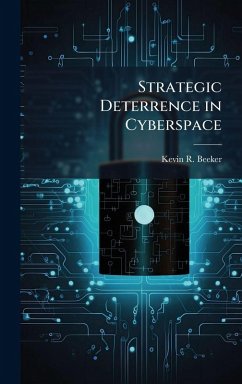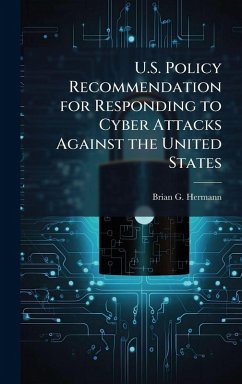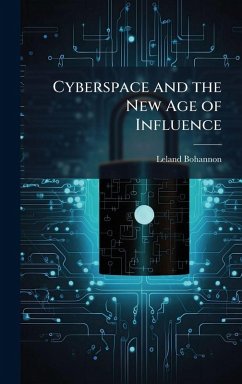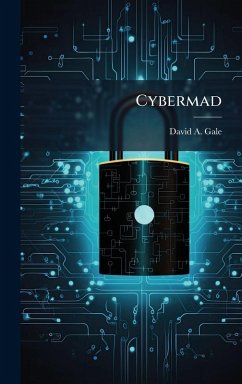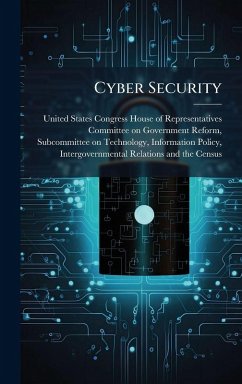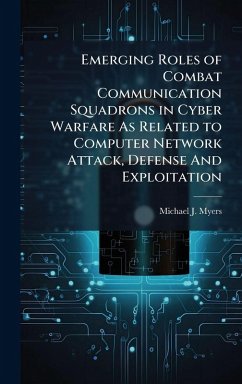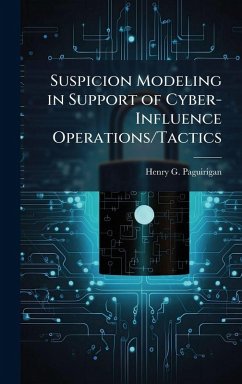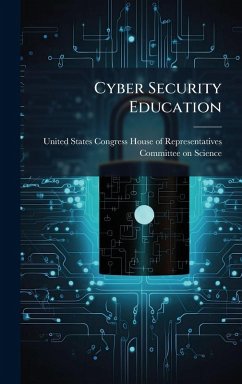
Flexible Options for Cyber Deterrence
Versandkostenfrei!
Versandfertig in über 4 Wochen
25,99 €
inkl. MwSt.
Weitere Ausgaben:

PAYBACK Punkte
13 °P sammeln!
The idea of deterrence has existed since the beginning of humanity. The concept of deterrence became synonymous with American Cold War strategic thinking and foreign policy through the idea of mutually assured destruction. However, deterrence through punishment requires attribution, the demonstration of offensive capabilities, and an assumption of rationality. These requirements demonstrate the fallacy of Cold War deterrence applied to the cyber domain. In order to address both asymmetric threats from terrorists and the intimidation associated with nation-state peer competitors in the cyber do...
The idea of deterrence has existed since the beginning of humanity. The concept of deterrence became synonymous with American Cold War strategic thinking and foreign policy through the idea of mutually assured destruction. However, deterrence through punishment requires attribution, the demonstration of offensive capabilities, and an assumption of rationality. These requirements demonstrate the fallacy of Cold War deterrence applied to the cyber domain. In order to address both asymmetric threats from terrorists and the intimidation associated with nation-state peer competitors in the cyber domain, what is required is a comprehension of the challenges associated with attribution and international law. Just as important is an understanding of how extremists and nation-states use the cyber domain to conduct operations. Only then can the United States consider flexible cyber deterrent options within cyberspace. This work has been selected by scholars as being culturally important, and is part of the knowledge base of civilization as we know it. This work was reproduced from the original artifact, and remains as true to the original work as possible. Therefore, you will see the original copyright references, library stamps (as most of these works have been housed in our most important libraries around the world), and other notations in the work. This work is in the public domain in the United States of America, and possibly other nations. Within the United States, you may freely copy and distribute this work, as no entity (individual or corporate) has a copyright on the body of the work. As a reproduction of a historical artifact, this work may contain missing or blurred pages, poor pictures, errant marks, etc. Scholars believe, and we concur, that this work is important enough to be preserved, reproduced, and made generally available to the public. We appreciate your support of the preservation process, and thank you for being an important part of keeping this knowledge alive and relevant.



